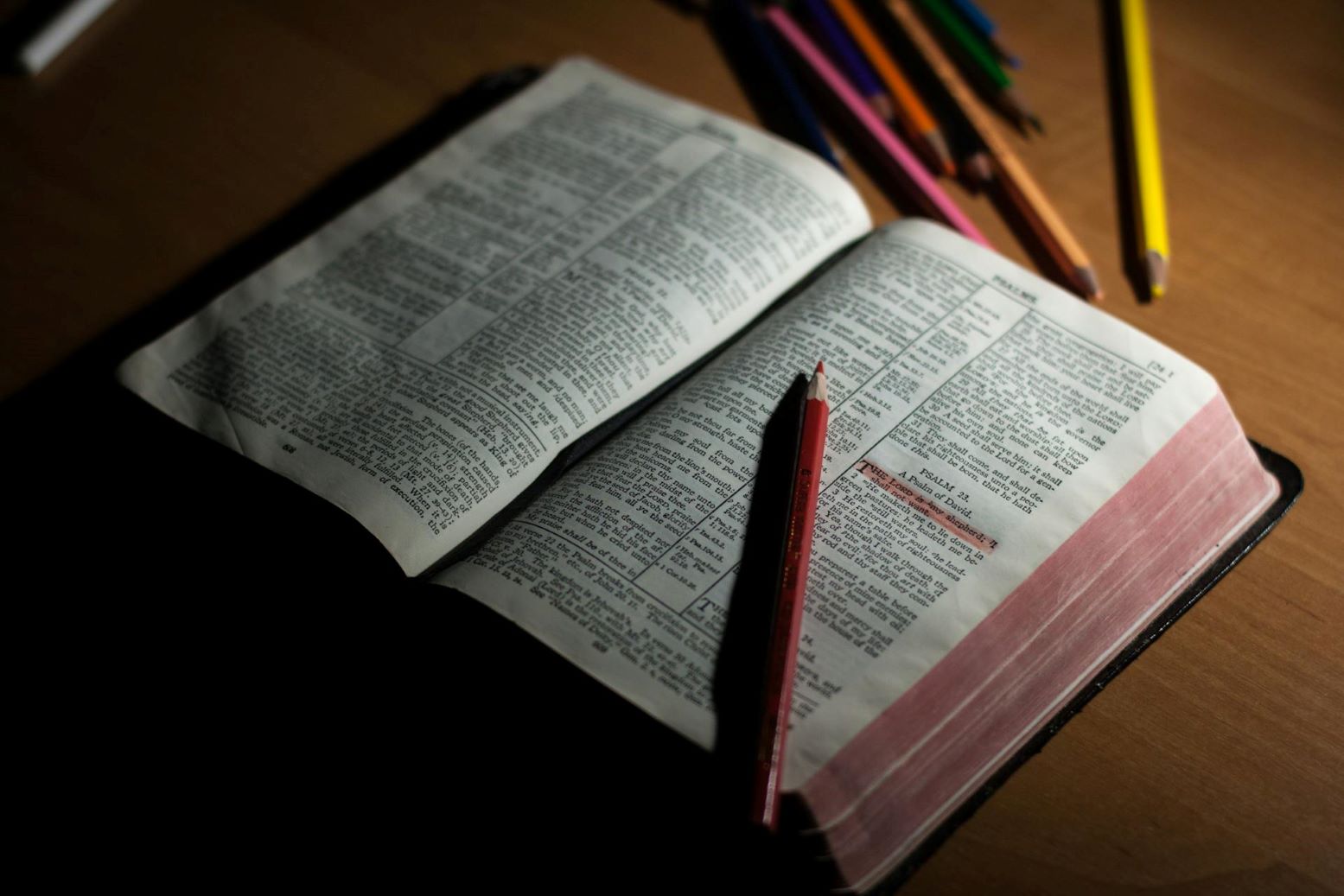TheLitPerspective is your one-stop shop for everything that ignites the spark of curiosity within you.

Hands Together for Faith: What Even Is Common Ground?

Photo by ali burhan
Photo by ali burhan
Although the world has never been of the “same mind,” we all have our differences, forever and always. It’s still pretty important to find some common ground between us. We all live in this world, and we all share this space—and that should be enough for everyone to get along.
But often, we divide ourselves across race, ideology, and whatnot. Perhaps one front we can touch ground on is faith. While history is replete with moments of great spiritual conflicts, it is also full of moments wherein different faiths come together.
When we lay hands together for faith, we are making it so that unity and cooperation become much more possible. Yet, the reality of the matter is that finding common ground when there is such a great diversity of religious belief can be a bit complex. Tricky, one might even say.
Laying our hands together for faith is challenging. It’s more than just an intellectual endeavor–it doesn’t just mean debating and agreeing on this point and that. Laying hands together for faith means doing actual work and establishing actual and genuine connections with people who have entirely different sets of belief from yours.
What Even Is Common Ground?
The concept of finding common ground in religion can be vague and nebulous. Perhaps it can be when some aspects of their beliefs are similar in one way or another, with the same values, practices, and maybe even experiences. Regardless, common ground is all about finding mutual respect amongst one another and learning how to understand and tolerate each other better.
At its core, when we talk of common ground, we talk of the intersecting points between individuals and groups of all religious backgrounds.

Photo by Inna Lesyk
Hands Together for Faith: The Significance
Common ground is essential because when people of different faiths have recognition and awareness of their shared humanity and common values. When we are aware and cognizant of our shared humanity beyond our faiths, we help reduce prejudice and discrimination. And when we do this, we turn away from conflict.
Modern communities are made up of diverse faiths. The majority of the citizens may lean one faith or the other, but there are still others who hold another belief. As such, it is important to find common ground. When there is commonality and the recognition of it, communities have a more solid sense of belonging and social cohesion.
Engaging in dialogue and understanding each other are the fruits of finding common ground, and if we persist in this we can all work together to address a wide range of issues that affect us all.
Hands Together for Faith: The Obstacles
While the importance and the benefits are clear, there are often plenty of obstacles that can hinder the discovery of common ground.

Photo by Michael Morse
A large one is religious dogmatism. While many believers of any faith are open-minded and tolerant of others, there are a few who hold very rigid views on different faiths. This makes it difficult for genuine understanding. This can be because of a variety of different reasons: language perhaps, or customs, traditions, etc.
As was said earlier, there have been many historical instances where different faiths have clashed with one another. These have inevitably left old scars and legacies of mistrust and resentment. And when this happens, polarization happens, furthered only by the passage of time, the addition of politics and the calcification of prejudices and biases.
What can be done then?
Hands Together for Faith: The Strategies
Despite the many challenges that comes in our attempts at finding common ground, there have been plenty of strategies and methods that have been formulated.
Engaging in open and respectful dialogue is a common way for different people of different faiths to break down stereotypes and promote mutual understanding. From this origin point, communities of different faiths can collaborate on projects and initiatives that address more pertinent issues.
Through interfaith campaigns, we can raise more awareness about the different religious traditions of the community and the world.
Common ground among faiths starts with God-centeredness. This is the thesis of Tony Antonellis’s For the Love of God: An Approach To Peace, Coexistence & Truth. If you want to learn more about the importance of laying hands together for faith and knowing how to find common ground, order a copy through this link.

Alex is a writer with two modes: simple and wild. He’s equally at home going either way. He always has something to say and something to offer, even if it’s only after a few minutes of furious googling. He loves reading and writing random stuff in his spare time.



